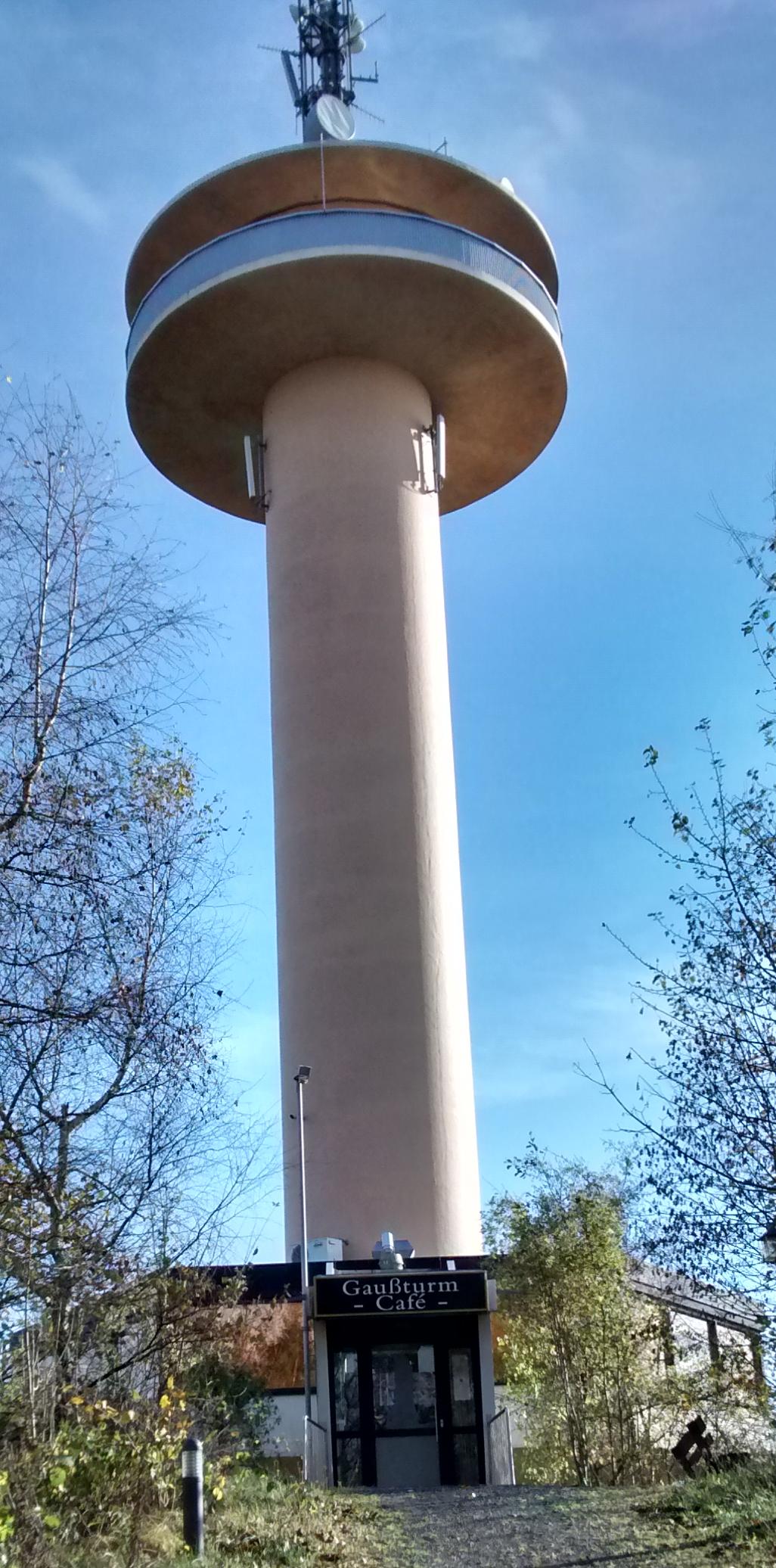Welcome to Westdeutschland
(Week 1 of the challenge. Sorry for those looking for TeX/MathML related stuff. Sometimes, there are more urgent things, you know?)
25 years ago today, the wall fell in Berlin, opening up Germany, opening up Europe. Admittedly, I don't remember much about that night; of course, I technically remember (and reconstructive memory is grand) but the event held little signficance to 10-year-old me. (Though arguably not zero signficance since I had actually visited Berlin for the first time that year, and I remember standing on a platform near the Brandenburger Tor, looking over the death strip to that iconic land mark and not really understanding things).
As you may have noticed, I recently moved back to Germany and most recently to Göttingen. This meant, after some 8+ years, I'm living in West Germany again. Admittedly, when I lived in Berlin while working on my PhD, I lived in a heavily gentrified (i.e., West-ernized) East Berlin quarter (fun fact 1: at the time, the percentage of foreign citizens in Prenzlauer Berg was precisely the city average, with the "slight" difference of almost all of those being from G8 countries...). Still, even that part of East Berlin (let alone other parts) remained structurally very different from, e.g., Bonn and Munich. A particular aspect for me was always the absence of the typical West German "infrastructure" of small shops and businesses (or ATMs for that matter). In any case, Prenzlberg still felt incredibly different from anything West German (though not as much as it did in the 90s or even early 2000s when I first fell in love with Berlin).

It has struck me how Göttingen, to me, seems like a perfect example of a West German city. I can't quite pinpoint this particular feeling. Maybe it is the beautiful 18th century city center (fun fact 2: supposedly Laplace urged Napoleon to spare Göttingen because Gauss might get hurt), maybe the lovely ring of late 19th century quarters surrounding it, perhaps the 50s Karstadt, the 70s Neues Rathaus, and the 90s malls. Certainly all of that a little. The city has also seen the typical post-WWII re-design towards cars as primary mobility solutions, which makes it a mess for the large number of bikes, pushing them to the sidewalks to collide with pedestrians (fun fact 3: I couldn't remember when I had last seen an atomkraft-nein-danke flag but I did see one on my first trip to Göttingen). Göttingen has this feel of wealthy-but-reluctant-to-admit-it (as so much of West Germany). It's filled with students making it appear modern and young and yet it's history weighs heavily in places (bizarro Bismarck adoration in the Bismarckturm does not compute). Göttingen is also surrounded by a beautiful countryside with a gazillion potential destinations for the weekend, many having been popular retreats at some point of the city's long history. Of course, for a mathematician, Göttingen is a particular attraction and yet it's hard to ignore the great purge in 1933.
Göttingen has this particular, everything-is-finished vibe (with a no-room-for-change beat) which I find so typical of West German cities. It's oddly appealing (especially after returning from SoCal) and yet slightly suffocating. If you want to live in a perfect example of West Germany, come stay in Göttingen. At the very least, you can stop by Gauss's grave and since it's a 5 minute walk from my home I expect you to stop by for a coffee after.
Today, celebrations of the peaceful revolution of 1989 may be in focus. But on November 9 we always remember more. 1918, 1923, 1938, 1989; I can't remember one without the other.